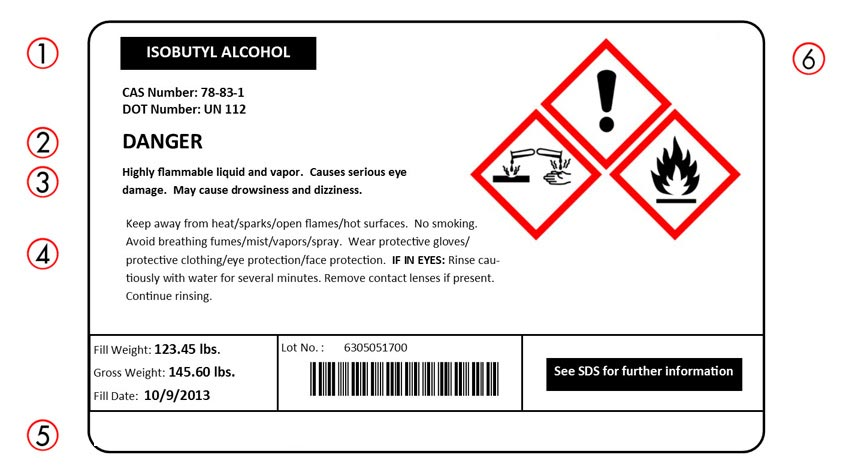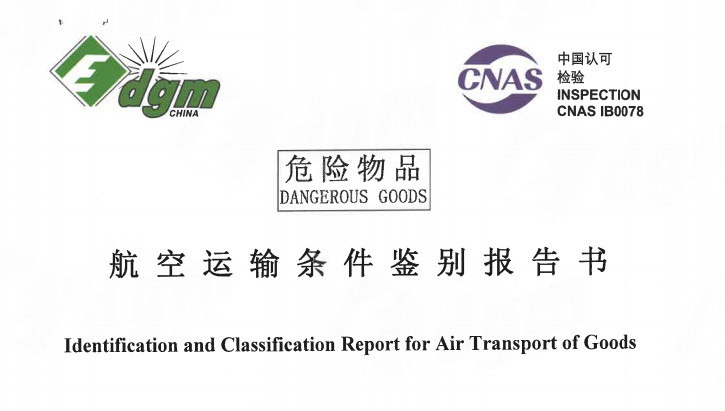Be your Logistics Department in China
Customized logistics solutions, your logistics expert in China
Customized logistics solutions, Shipping from China to the World
Tel:+8613424475220 Email:info@viputrans.com 
China Dangerous goods transport Service
HazMat, Dangerous Goods, ADR Shipping and Transportation in containers
Dangerous goods, hazardous materials, also ADR is a solid substances, liquids or gases that can harm people, other living organisms, property or the environment. Transportation of hazardous materials is regulated by international regulations.
HAZMAT, Dangerous goods: radioactive, flammable, explosive, corrosive, oxidizing, asphyxiating, infectious, toxic, pathogenic, or allergenic materials. There are also physical conditions that make a substance dangerous in specific circumstances.
Dangerous goods are indicated by a diamond-shaped sign. Color each character relate to his danger: flammable-explosive red-orange because mixing red (flammable) with yellow (oxidizer) creates orange. Non-flammable, non-toxic gas-green

What is a dangerous goods agent?
A dangerous goods agent is an expert working in the field of dangerous goods transportation.
Such a person/company can help you prepare the documents needed for delivery and customs clearance, as well as perform handling and storage services.
VIPUTRANS staff has trained agents to take the hassle out of your handling of hazardous materials and cargo.
Which special documents are needed to ship dangerous goods from China?
Typically, to ship dangerous goods and materials, you might need the following documents:
# 1. Dangerous goods manifest/list (a document which describes the quantities and location of all dangerous goods).
# 2. Dangerous goods declaration (a document from the supplier which shows that dangerous products are classified and packed appropriately).
# 3. Container packing certificate (a paper from the person packing the container that this has been done in accordance with international safety rules).
# 4. The IATA form (the shipper’s declaration for dangerous goods is required for air shipments. There is a different version of the form for ocean shipments).
Hazardous Goods Labeling and Packaging from China

1 = Product Identifier
2 = Signal Words
3 = Hazard Statement
4 = Precautionary Statement
5 = Supplier Information
6 = GHS Pictograms (Diamond-Shaped Symbols)
Remember, the main aim of properly packaging your dangerous goods is to prevent the escape of the contents therein.
To assist you with the right packaging material, you need to follow the UN specification marking code.
This code describes the kind of dangerous goods you are shipping from China and the necessary packaging material to use.
There are six packaging types that you can use for your dangerous goods.
They include drums/pails, barrels, jerricans, boxes, bags and composite packaging.
Materials that you can use for your packaging can be of steel, aluminum, natural wood, plywood, and fiberboard.
Before shipping dangerous goods from China, you need to ensure that packaging and labeling standards are met.
The transportation of dangerous goods from China is strictly regulated, especially after the Tianjin port explosion, major ports have made new regulations on dangerous goods
Therefore, failure to properly follow labeling and packaging requirements could result in customs confiscation of your shipment.
To avoid this, here is a review of the guidelines you need to follow when packing and labeling dangerous goods in China.
Tianjin Port (Xingang)
Tianjin Port now refuses the import or export of dangerous goods. For all dangerous goods loaded on board, the container will be removed when the ship approaches the port. Generally speaking, the container will change the destination, from Tianjin to Qingdao.
Only Class 4 Dangerous Goods Class 4 (except UN1350) and Class 5 (only UN2465 and UN2468) dangerous goods will be shipped back to the port of loading.
Qingdao Port
According to the latest news released by Qingdao Port, since September 1, 2015, all registered dangerous goods of Class 2, 1, Class 4 (excluding sulfur, UN1350/CLS4.1) and Class 5 (UN2465 and UN2468) shall not be stored In the warehouse, but need to be stored. Ship directly.
Shanghai Port - Yangshan Terminal
All dangerous goods shipped to Yangshan Terminal must be labeled with "dangerous goods". In addition, the container must not be damaged, otherwise the terminal will not allow unloading (storage or transshipment).
Jinzhou Port
In order to handle all dangerous goods, the port requires:
Full name is required when booking
Empty containers are stored or unloaded with a certificate of cleanliness
The whole ship is stored or unloaded, and a certificate of non-hazardousness is provided
Declare transshipment cargo and ship position to the terminal in advance
Taicang Port
The Taicang warehouse cannot provide dangerous goods storage services because it does not have the corresponding qualifications. All dangerous goods should be loaded and unloaded directly, not stored in the port.
Dangerous goods export operation process:
1. Power of Attorney
The freight consignment form is filled out by the shipper himself. The consignment book should include the following columns: shipper, consignee, billable weight, product name and quantity of the goods, shipper's signature, date, etc.
2. Review documents
Documents should include: invoice, packing list, consignment book, air freight identification report (as shown in the picture) for air transport, dangerous package certificate (as shown in the picture) for sea transport, and packaging that meets the requirements for truck transport


3. Booking
After getting the consignor's booking, get it from the airline's tonnage control department and fill in the booking form, and provide the corresponding information at the same time.
4. Delivery and packaging
The consignor delivers the goods by himself: the freight forwarder provides the warehousing map to the consignor Freight forwarder picks up the goods at the door: the consignor needs to provide the freight forwarder with relevant information such as the address, contact person, telephone number, time, etc.
The consignor packs the goods according to the requirements of the airline company/ship company/truck company
5. Export declaration
After the customs declaration documents are complete, the freight forwarder will declare to the customs on behalf of the consignor; after the customs audit is correct, the customs officials will stamp the release stamp on the original waybill for shipment.
6. Fee settlement
The shipper and the freight forwarder settle the relevant fees before the goods are dispatched.
If you have dangerous goods shipping need welcome to inquiries~
Lora Yang :sales02@viputrans.com
SKYPE|WECHAT|WHATSAPP|MOB:+86 13424468029
Copyright © 2003-2025 VIPU Supply Chain Logistics Co., Ltd. | All Rights Reserved
LOGISTICS | E-COMMERCIAL FULFILLMENT | ABOUT US | CASE | NEWS | VIDEO | CONTACT US
We will find the fastest or the cheapest way for your shipment. Please specify: where from, where to, what to ship.